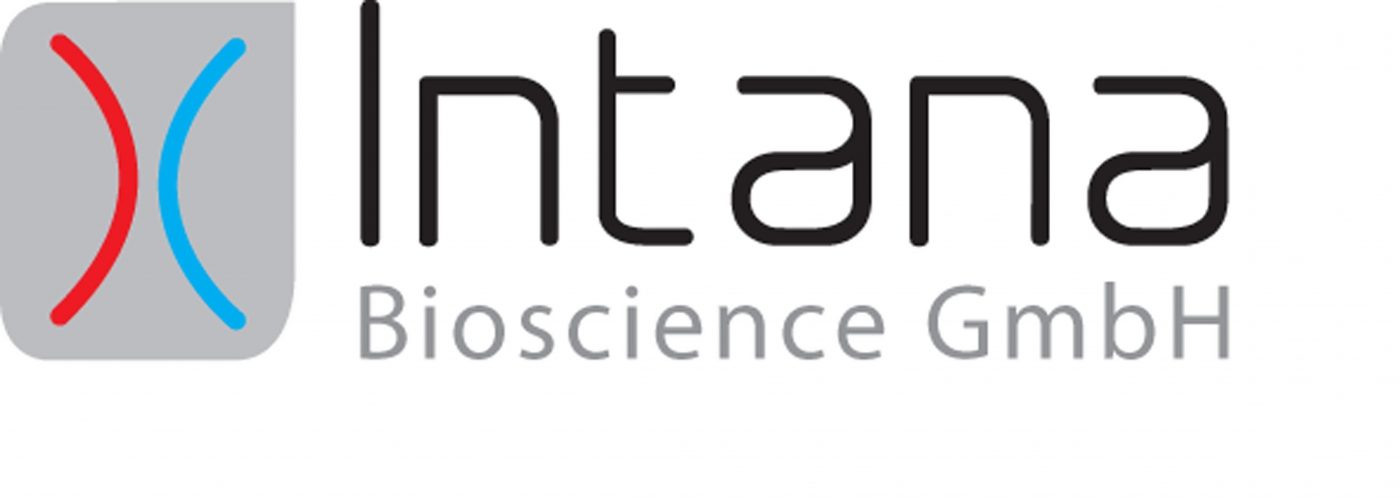Fluorescence Cross-Correlation Spectroscopy in Drug Discovery & Development
The use of Fluorescence Cross-Correlation Spectroscopy (FCCS) in Drug Discovery and Development
An Intana Bioscience .pdf Case Study/Presentation
The .pdf presentation discusses the role and applications of Fluorescence Cross-Correlation Spectroscopy (FCCS) in Drug Discovery and Development.
FCCS is an innovative technique that has a broad application scope and brings numerous unique advantages to support drug discovery and development programs.
Measuring Drug Target Occupancies
The presentation explains and provides application examples for quantifying the Target Occupancy (TO) of drugs in cells, tissue, animal models, and clinical samples utilising FCCS.
The .pdf showcases detailed visual charts and graphs presenting applications of FCCS to advance pipelines, ranging from preclinical studies to supporting clinical trials.
The “Use of FCCS in Drug Discovery and Development” .pdf Table of Content includes:
- The FCCS Principle
- Affinities
- Target Occupancy Principle
- TO and TT in Cell Lines
- TO Assays in Animals
- TO in Liquid Biopsies of a Patients
- TO and TT in Patient Cohorts
- TO and TT in PROTAC Analysis
- FCCS for IMPs
- Understanding a Drug in a Physiological Environment
- FCCS Application in Discovery and Development
- Versatility
- Key Advantages of FCCS
To download the full .pdf presentation for free, please complete the form.

Download the .PDF




